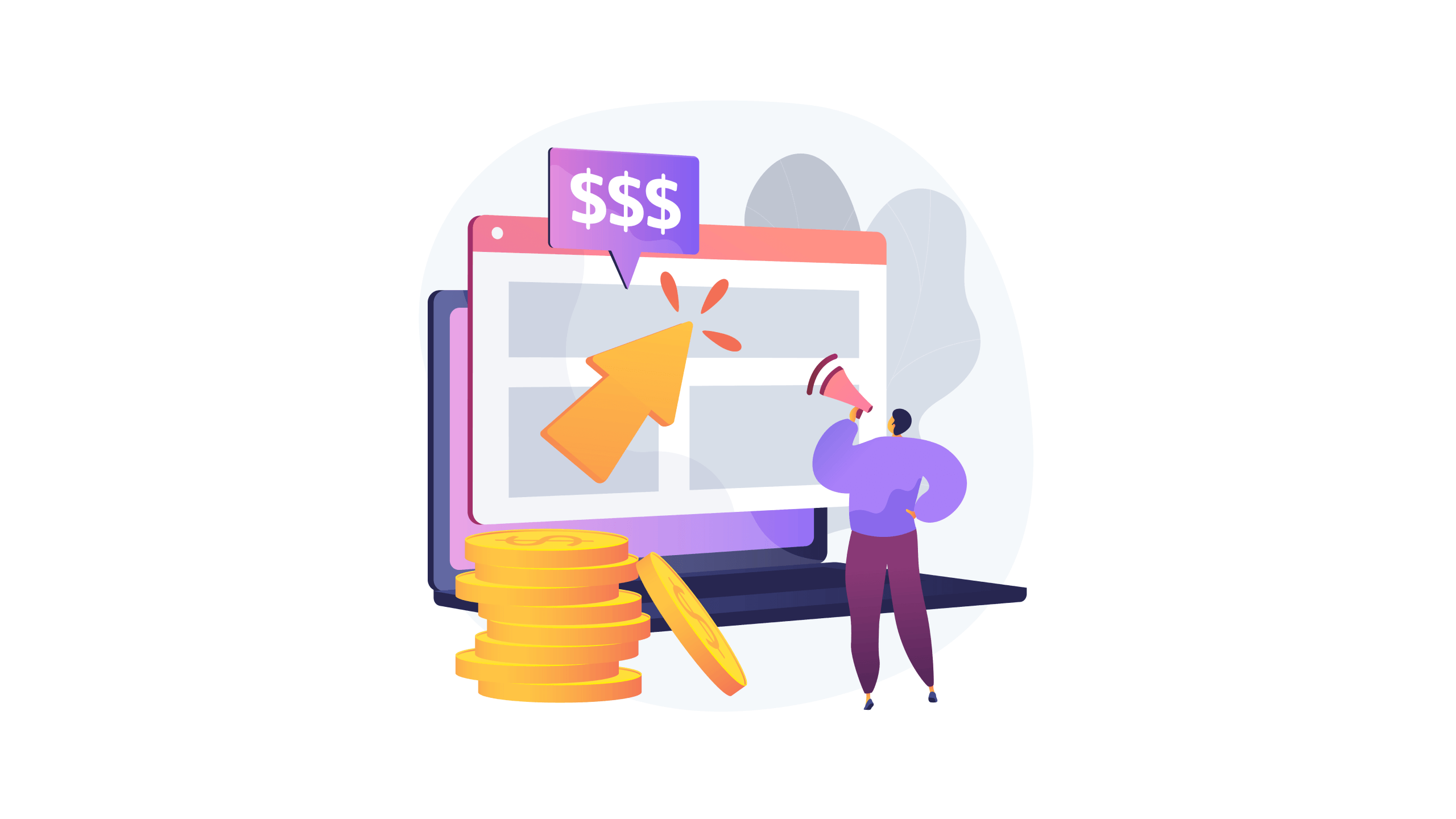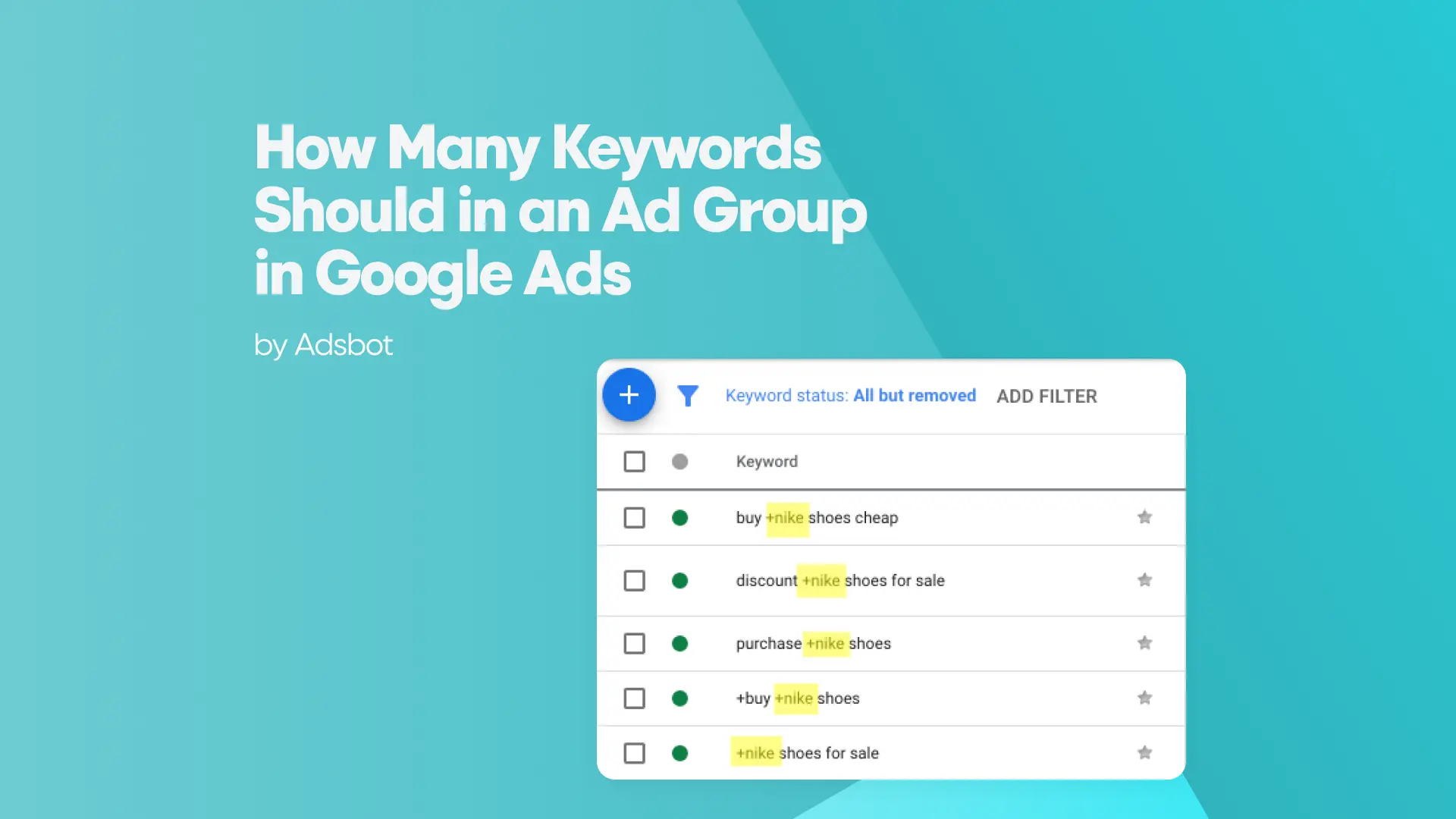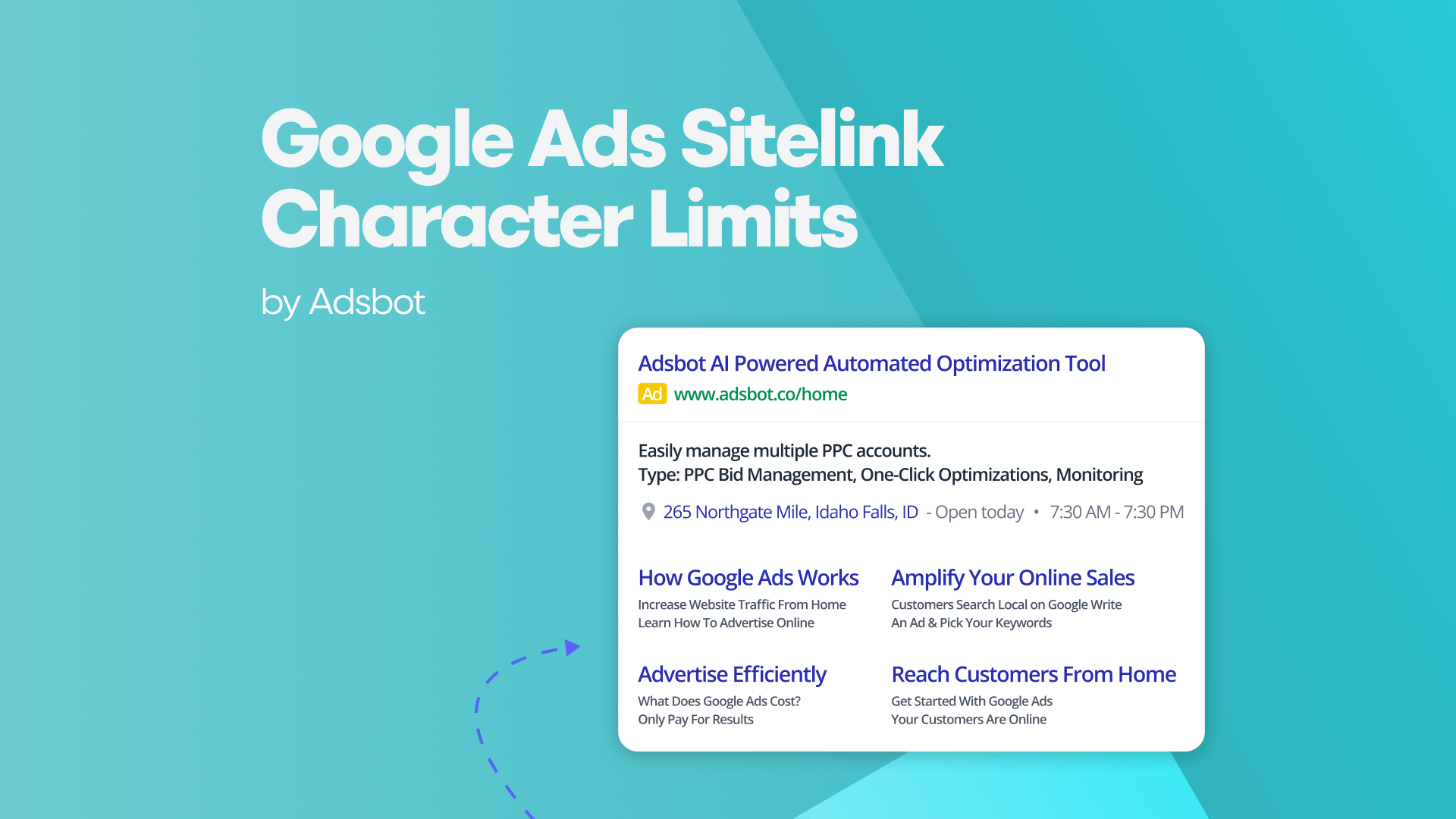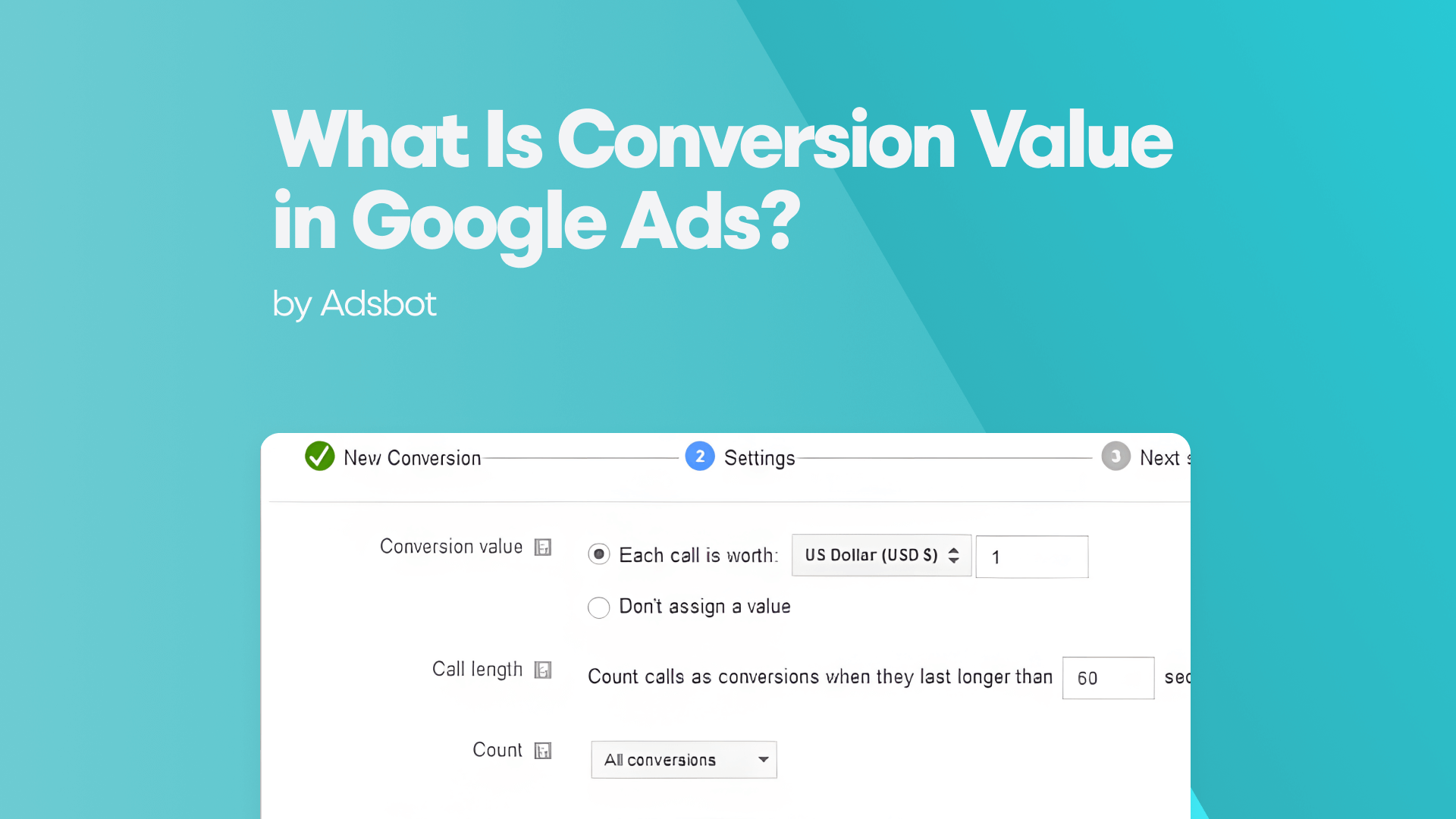Picture this: You’ve poured hundreds, or even thousands, of dollars into a PPC campaign, only to watch your click-through rates stagnate and your conversion costs skyrocket. The frustration is real, but here’s the hard truth: most PPC campaigns fail not because of bad luck, but because of poor optimization. The difference between a campaign that drains your budget and one that delivers a 5:1 (or higher) return on ad spend (ROAS) often comes down to strategic tweaks, data-driven decisions, and relentless testing.
If you’re tired of guessing what works, or worse, relying on outdated “best practices,” this guide is your playbook. We’ll break down the science of PPC campaign optimization, from keyword selection to smart bidding, and show you how to turn underperforming ads into revenue-generating machines. Whether you’re a seasoned marketer or a small business owner dipping your toes into paid ads, you’ll walk away with actionable strategies to slash wasted spend, boost conversions, and dominate your competition. Ready to transform your PPC results? Let’s dive in.
Understanding the Fundamentals of PPC Campaign Optimization
At its core, PPC campaign optimization is the systematic process of refining every element of your pay-per-click ads to improve performance, reduce costs, and maximize conversions. Unlike traditional advertising, where you pay for impressions, PPC demands precision; you’re only charged when someone clicks, making every dollar count. The optimization process isn’t a one-time fix; it’s an ongoing cycle of testing, analyzing, and adjusting based on real-time data. This includes fine-tuning keyword selection, ad copy, landing pages, bidding strategies, and audience targeting to align with your business goals, whether that’s lead generation, sales, or brand awareness.
The foundation of successful PPC optimization lies in understanding the three pillars of performance: relevance, quality, and intent. Relevance ensures your ads match what users are searching for, quality (measured by Google’s Quality Score) determines your ad rank and cost-per-click (CPC), and intent aligns your offerings with the user’s stage in the buyer’s journey. For example, a user searching for “best running shoes for flat feet” has a different intent than someone typing “buy Nike Air Zoom today.” Misaligning your ads with intent leads to wasted spend and poor conversions. Additionally, optimization isn’t just about improving metrics; it’s about balancing efficiency with scalability. A campaign with a 10% conversion rate but only 50 clicks per month won’t move the needle; likewise, a high-traffic campaign with a 1% conversion rate is a money pit. The art of optimization is finding the sweet spot where volume, cost, and conversions harmonize.
The best PPC optimization software, like Adsbot, will cover all of these aspects.
Key Metrics to Track for Effective PPC Performance Analysis
Click-through rate (CTR) is the single most critical metric for gauging the initial success of your PPC campaigns, as it directly reflects how compelling your ads are to your target audience. A low CTR (below 2% for search ads) signals that your ad copy, keywords, or targeting need immediate attention, while a high CTR (5%+) indicates strong relevance and engagement. Other key factors include:
- Conversion Rate (CVR): Measures the percentage of clicks that result in a desired action (e.g., a purchase, form submission, or phone call). A CVR below 2-3% for most industries suggests your landing page or offer isn’t resonating.
- Cost Per Conversion (CPC): The average amount you pay for each conversion. If this exceeds your customer lifetime value (CLV), your campaign is unsustainable long-term.
- Quality Score (Google Ads): A 1-10 rating that impacts your ad rank and CPC. Scores below 7 often mean your keywords, ads, or landing pages lack relevance or user experience.
- Return on Ad Spend (ROAS): The revenue generated for every dollar spent. A ROAS of 4:1 ($4 earned per $1 spent) is a common benchmark, though this varies by industry.
- Impression Share: The percentage of times your ad appeared out of the total eligible impressions. Low impression share may indicate budget constraints or poor ad rank.
Ignoring these metrics is like flying blind; you might get lucky, but you’re far more likely to crash. Pro tip: Use Google Ads’ “Segments” feature to break down metrics by device, location, or time of day. For a more holistic view, platforms like Adsbot can aggregate these metrics into a single, real-time multi-channel dashboard, making it easier to spot trends across all your campaigns. For example, if mobile users have a 50% lower conversion rate than desktop users, you might adjust bids or create device-specific landing pages. Remember, optimization isn’t about vanity metrics; it’s about identifying leaks in your funnel and plugging them systematically.
How to Optimize Keyword Selection for PPC Campaigns
Keyword selection is the backbone of PPC success, yet it’s where many advertisers stumble by either casting too wide a net or hyper-focusing on ultra-competitive terms. The key is to strike a balance between search volume, intent, and competition while leveraging match types to control spend. Start by conducting thorough keyword research using tools like Google Keyword Planner, SEMrush, or Ahrefs to identify high-intent terms with commercial potential (e.g., “buy,” “discount,” “review”). For example, a SaaS company might prioritize “best CRM for small businesses” over “what is CRM software” because the former signals purchase intent. Next, segment keywords into tightly themed ad groups. This improves Quality Score and allows for more tailored ad copy. For instance, an e-commerce store selling fitness gear could separate “yoga mats for beginners” from “premium eco-friendly yoga mats” to align messaging with user needs.
Don’t overlook negative keywords, which prevent your ads from showing for irrelevant searches. Adding terms like “free,” “jobs,” or “DIY” can save thousands in wasted spend. Also, experiment with broad match modifier (BMM) and phrase match to capture variations while maintaining control. For example, +women’s +running +shoes will trigger ads for “best women’s running shoes 2024” but not “men’s running shoes.” Finally, regularly audit your search terms report to identify new keyword opportunities and pause underperforming terms. A common mistake is assuming high-volume keywords are always profitable. Sometimes, long-tail keywords with lower search volume convert better because they’re more specific. For instance, “organic cotton baby onesies size 6-12 months” may drive fewer clicks but higher sales than “baby clothes.”
Using Automation and Smart Bidding to Enhance PPC Results
Leveraging Google Ads’ Smart Bidding strategies, like Target CPA, Target ROAS, or Maximize Conversions, can dramatically improve efficiency by using machine learning to adjust bids in real time based on user behavior, device, location, and even weather conditions. These automated systems analyze thousands of signals to predict which clicks are most likely to convert, freeing you from manual bid adjustments and reducing human error. Other key factors include:
- Audience Signals: Feed Smart Bidding with first-party data (e.g., past purchasers, email lists) to prioritize high-value users. For example, retargeting cart abandoners with a 10% discount can lift conversions by 20-30%.
- Seasonal Adjustments: Use bid modifiers to account for peak periods (e.g., increasing bids by 30% during Black Friday) or slow seasons (reducing bids by 15% in January).
- Ad Schedule Automation: Pause ads during low-conversion hours (e.g., 2 AM–6 AM) or boost bids during high-intent times (e.g., lunch breaks or evenings).
- Competitive Insights: Tools like Auction Insights reveal when competitors are most active, allowing you to adjust bids to stay competitive without overspending.
- Responsive Search Ads (RSAs): Let Google’s AI test multiple headline and description combinations to identify the best-performing variations, increasing CTR by up to 15%.
While automation handles the heavy lifting, human oversight is still critical. Regularly review Smart Bidding recommendations and override them when necessary, such as excluding low-quality placements or adjusting for promotions. For example, if you’re running a limited-time offer, manually increase bids to ensure visibility. The goal is to use automation for efficiency while retaining strategic control to align with your business objectives. Tools like Adsbot can enhance this by allowing you to create custom-automated rules through its automation agents, giving you granular control over bids and budgets without constant manual intervention.
Continuous Testing and Analysis for Ongoing PPC Improvement
PPC optimization is never a “set it and forget it” endeavor; it’s a continuous loop of testing, measuring, and refining. The most successful advertisers run A/B tests on every element of their campaigns, from ad copy to landing page layouts. Start with ad variations: Test different headlines (e.g., question-based vs. benefit-driven), CTAs (“Shop Now” vs. “Get 20% Off”), and display URLs (e.g., “yourbrand.com/sale” vs. “yourbrand.com/free-shipping”). Even small changes, like adding a countdown timer (“Only 3 Left!”) or social proof (“Rated 4.9/5 by 10,000+ Customers”), can lift CTR by 10-20%. Next, experiment with landing page optimizations, such as simplifying forms, adding trust badges, or testing video vs. static hero images. Tools like Google Optimize or Unbounce make this process seamless.
Beyond A/B testing, cohort analysis helps uncover deeper insights. For example, compare the performance of users who clicked your ad on mobile vs. desktop, or analyze how new vs. returning visitors behave. You might discover that returning visitors convert at 3x the rate, prompting you to allocate more budget to retargeting. Additionally, competitive benchmarking is essential; use tools like SpyFu or iSpionage to reverse-engineer competitors’ strategies, identifying gaps in their keyword coverage or ad messaging that you can exploit. Finally, attribution modeling ensures you’re crediting conversions to the right touchpoints. For instance, if a user clicks your ad on Monday, visits your site via organic search on Wednesday, and converts on Friday, last-click attribution would undervalue your PPC efforts. Switching to a data-driven attribution model gives you a clearer picture of how each channel contributes to conversions, allowing for smarter budget allocation.
Popular Posts
-
How Many Keywords Should Be In an Ad Group in Google Ads?
Ever wondered if your Google Ads campaigns are packed with…
Read more -
Google Ads Script for Dummies: An Introduction
Imagine you have an e-commerce website that sells licensed superhero…
Read more -
Google Ads Sitelink Character Limits
Your Google Ads are cutting off in the middle of…
Read more -
What Is Conversion Value in Google Ads?
What if you could put a price tag on every…
Read more
Register for our Free 14-day Trial now!
No credit card required, cancel anytime.





